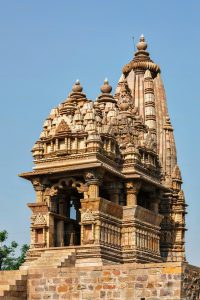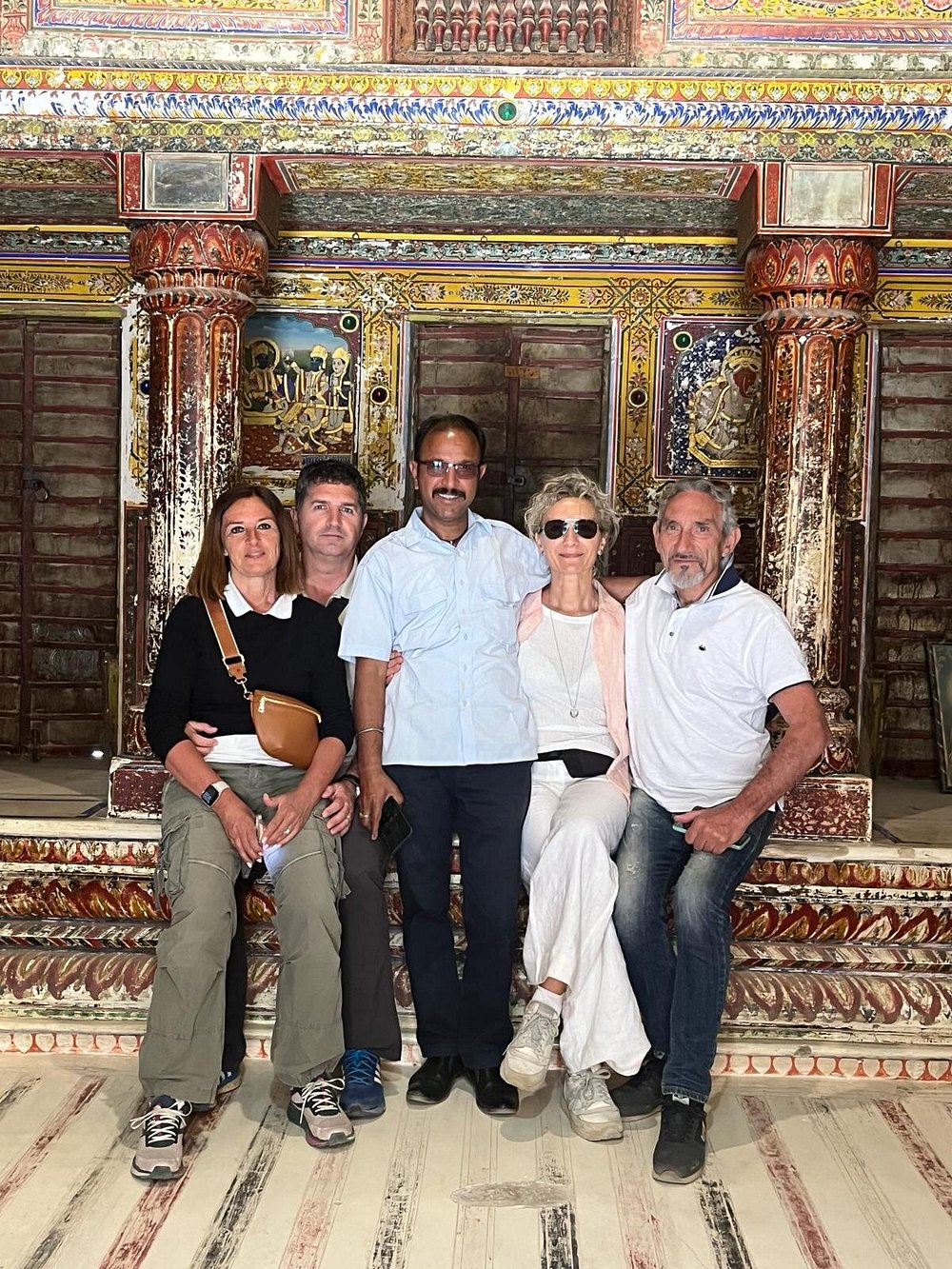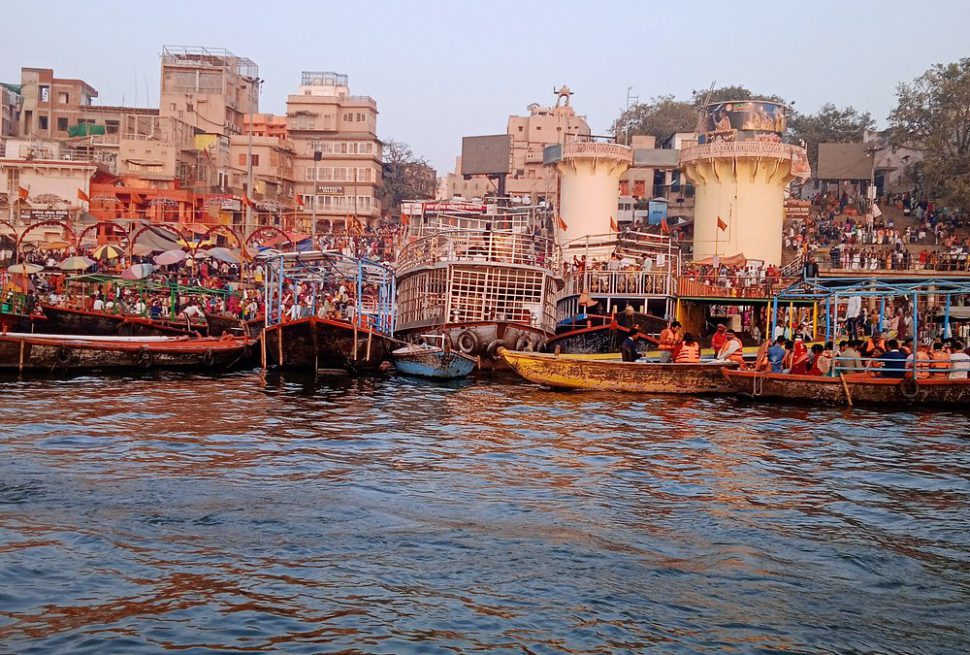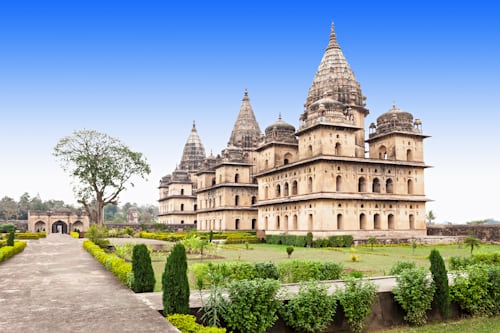Khajuraho, a UNESCO World Heritage Site in Madhya Pradesh, is famed for its exquisite group of temples that showcase some of the finest medieval Indian art.
Khajuraho, a UNESCO World Heritage

Khajuraho, a UNESCO World Heritage Site in Madhya Pradesh, is famed for its exquisite group of temples that showcase some of the finest medieval Indian art. These temples, built by the Chandela dynasty between the 9th and 12th centuries, are a testament to the rich cultural and architectural heritage of India. Renowned for their intricate carvings and depictions of divine and earthly love, Khajuraho is a must-visit destination for history enthusiasts, art lovers, and spiritual seekers alike.
A Glimpse into History and Significance

Khajuraho was once a thriving cultural and religious center under the Chandela rulers. The temples, originally numbering over 85, were built to celebrate human emotions, spirituality, and artistic excellence. Today, only around 25 remain, yet they continue to captivate visitors with their breathtaking craftsmanship and unique symbolism.
A volatile image is one that exists only for a short period of time. This may be a reflection of an object by a mirror, a projection of a camera obscura, or a scene displayed on a cathode ray tube. A fixed image, also called a hard copy.
The Stunning Temples of Khajuraho
The temples of Khajuraho are divided into three groups: Western, Eastern, and Southern. Each group has its own unique charm and significance.
- Western Group – The most famous and well-preserved section, featuring temples like Kandariya Mahadeva Temple, the largest and most ornate shrine dedicated to Lord Shiva.
- Eastern Group – Known for its Jain temples, such as the Parshvanatha Temple, which showcases stunning sculptures and intricate stonework.
- Southern Group – Home to lesser-known yet equally captivating temples, including the Duladeo Temple, dedicated to Lord Shiva.
The Erotic Sculptures: A Celebration of Life
One of the most striking features of Khajuraho’s temples is the detailed erotic sculptures that adorn the walls. Contrary to popular belief, these carvings are not merely about sensuality but symbolize the broader aspects of life, including love, devotion, and human emotions. They reflect the ancient Indian philosophy that sees no separation between the physical and the spiritual.
Light and Sound Show: Bringing History to Life
Every evening, the Khajuraho temples come alive with a mesmerizing Light and Sound Show, narrated by the legendary actor Amitabh Bachchan. This show beautifully narrates the history, legends, and cultural significance of these temples, making it a must-experience activity for visitors.
Best Time to Visit Khajuraho
The ideal time to visit Khajuraho is during the winter months (October to March) when the weather is pleasant for exploring the temples. Another great time to visit is during the Khajuraho Dance Festival, held every February, where classical dancers from across India perform against the backdrop of these majestic temples.
How to Reach Khajuraho
- By Air: Khajuraho has a small domestic airport with flights connecting major cities like Delhi and Varanasi.
- By Train: The nearest railway station is Khajuraho Railway Station, well-connected to key destinations.
- By Road: Buses and taxis are available from Jhansi, Satna, and other nearby cities.
Final Thoughts
Khajuraho is not just a destination; it is a journey into India’s glorious past, where art, spirituality, and history merge seamlessly. Whether you’re drawn by its architectural grandeur, historical richness, or cultural significance, Khajuraho promises an unforgettable experience that lingers in the soul.



